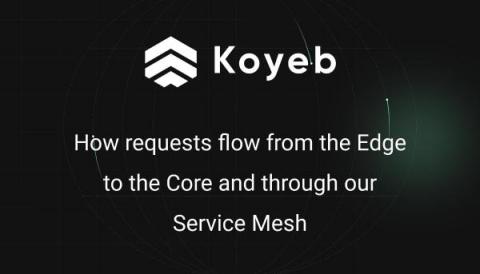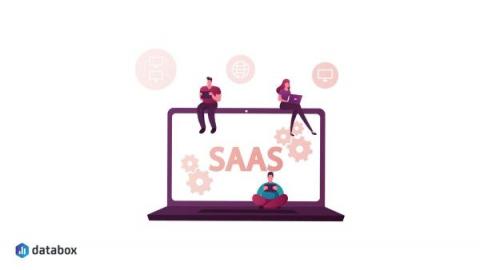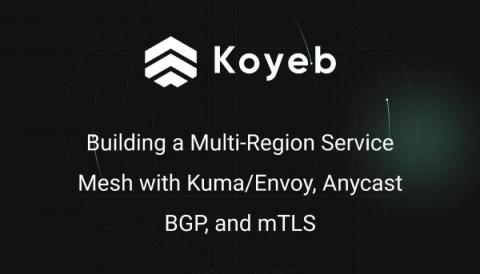How requests flow from the Edge to the Core and through our Service Mesh
Here at Koyeb, we're kind of crazy about providing the fastest way to deploy applications globally. As you might already know, we're building a serverless platform exactly for this purpose. We recently wrote about how the Koyeb Serverless Engine runs microVMs to host your Services but we skipped a big subject: Global Networking. Global Networking is a big way of saying "How are my requests processed?".











